对羟基苯甲酸异丙酯,分析标准品,HPLC≥99.9%
产品编号:西域质检-TM24105| CAS NO:4191-73-5| 分子式:C10H12O3| 分子量:180.201
本网站销售的所有产品仅用于工业应用或者科学研究等非医疗目的,不可用于人类或动物的临床诊断或者治疗,非药用,非食用,
对羟基苯甲酸异丙酯
This certificate is designed in accordance with ISO 17034 and ISO Guide 31. This reference material (RM) was designed,produced and verified in accordance with ISO/IEC 17025, ISO 17034 and a registered quality management system ISO 9001.
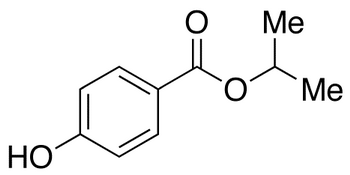
The certified value(s) and uncertainty(ies) are determined in accordance with ISO 17034 with an 95% confidence level(k=2). Uncertainty is based on the Total Combined Uncertainty, including uncertainties of characterisation, homogeneity and stability testing. Stability values are based on real evidence opposed to simulation.
The balances used for gravimetric measurements are calibrated with weights traceable to the national standards. The calibration of the balances is verified annually by an external accredited calibration service. This analysis method has been verified using an approach consistent with ISO 17034:2016 & ISO 17025:2017.
| CERTIFICATE ON | QC SIGNATURE | |
| 2022-Jan-17 |

|
RM Release |
HPLC
HPLC
This RM is intended for use in a laboratory as a calibration and quality control standard or in method development for analytical techniques.
This reference material meets the specification stated in this certificate until the expiry date, provided it is stored unopened at the recommended temperature here in. If storage after opening is necessary, the RM should be tightly closed and kept from light and moisture.
Read Material Safety Data Sheet (MSDS) and understand any potential hazard(s) prior to the use of this product. All chemicals should be considered potentially hazardous in nature and should only be handled by qualified personnel using established good laboratory practices.
Random replicate samples of the final packaged RM have been analysed to prove homogeneity compliant with ISO 17034.
It is recommended to use 1 mg as the minimum sample size and if less material is used, to increase the certified uncertainty by a factor of two for half sample and four for a quarter of sample.Visit the support section of our website technology videos and frequently asked questions.
相关文档
化学品安全说明书(MSDS)
下载MSDS质检证书(COA)
相关产品
| 危害码 (欧洲) | Xi |
|---|---|
| 风险声明 (欧洲) | R36/37/38 |
| 安全声明 (欧洲) | S26-S36 |
| RTECS号 | DH2250000 |
|
Section I.Chemical Product and Company Identification Chemical NameIsopropyl 4-Hydroxybenzoate [for Biochemical Research] Portland OR Benzoic acid, 4-hydroxy-, 1-methylethyl ester (CA Synonym INDEX NAME);
4-Hydroxybenzoic Acid Isopropyl Ester; Isopropylparaben Chemical FormulaC10H12O3 4191-73-5 CAS Number Section II.Composition and Information on Ingredients Chemical NameCAS Number Percent (%)TLV/PELToxicology Data Isopropyl 4-Hydroxybenzoate4191-73-5Min. 99.0 (T) Not available.Mouse LD50 (subcutaneous) 1900 [for Biochemical Research] mg/kg Section III. Hazards Identification Harmful if ingested or inhaled. Minimize exposure to this material. Severe overexposure can result in injury or death. Acute Health Effects Irritating to eyes and skin on contact. Inhalation causes irritation of the lungs and respiratory system. Inflammation of the eye is characterized by redness, watering, and itching. Skin inflammation is characterized by itching, scaling, reddening, or, occasionally, blistering. Skin contact may result in sensitization. Always cover all exposed skin with an impermeable layer and use proper eye protection. A OSHA/MSHA approved dust and vapor respirator is required when working with this material. Follow safe industrial hygiene practices and always wear proper protective equipment when handling this compound. Chronic Health EffectsCARCINOGENIC EFFECTS : Not available. MUTAGENIC EFFECTS : Not available. TERATOGENIC EFFECTS : Not available. DEVELOPMENTAL TOXICITY: Not available. Repeated or prolonged exposure to this compound is not known to aggravate existing medical conditions. Section IV.First Aid Measures Eye ContactCheck for and remove any contact lenses. In case of contact, immediately flush eyes with plenty of water for at least 15 minutes. Get medical attention. Skin ContactIn case of contact, immediately flush skin with plenty of water. Remove contaminated clothing and shoes. Wash clothing before reuse. Thoroughly clean shoes before reuse. Get medical attention. If the victim is not breathing, perform mouth-to-mouth resuscitation. Loosen tight clothing such as a collar, tie, belt or Inhalation waistband. If breathing is difficult, oxygen can be administered. Seek medical attention if respiration problems do not improve. INDUCE VOMITING by sticking finger in throat. Lower the head so that the vomit will not reenter the mouth and throat. Ingestion Loosen tight clothing such as a collar, tie, belt or waistband. If the victim is not breathing, perform mouth-to-mouth resuscitation. Examine the lips and mouth to ascertain whether the tissues are damaged, a possible indication that the toxic material was ingested; the absence of such signs, however, is not conclusive. Section V.Fire and Explosion Data Not available. May be combustible at high temperature.Auto-Ignition Flammability Flash PointsFlammable LimitsNot available. Not available. Combustion ProductsThese products are toxic carbon oxides (CO, CO2). Fire HazardsNot available. Risks of explosion of the product in presence of mechanical impact: Not available. Explosion Hazards Risks of explosion of the product in presence of static discharge: Not available. Fire Fighting MediaSMALL FIRE: Use DRY chemical powder. LARGE FIRE: Use water spray, fog or foam. DO NOT use water jet. and Instructions Consult with local fire authorities before attempting large scale fire-fighting operations. Continued on Next Page Isopropyl 4-Hydroxybenzoate [for Biochemical Research] Section VI.Accidental Release Measures Spill CleanupHarmful material. Irritating material. Skin sensitizing material. Use a shovel to put the material into a convenient waste disposal container. Consult federal, state, and/or local authorities for Instructions assistance on disposal. Section VII. Handling and Storage HARMFUL. IRRITANT. SKIN SENSITIZER. Keep away from heat. Mechanical exhaust required. When not in use, tightly Handling and Storage seal the container and store in a dry, cool place. Avoid excessive heat and light. Do not breathe dust. Information Always store away from incompatible compounds such as oxidizing agents. Section VIII. Exposure Controls/Personal Protection Use process enclosures, local exhaust ventilation, or other engineering controls to keep airborne levels below recommended Engineering Controls exposure limits. If user operations generate dust, fume or mist, use ventilation to keep exposure to airborne contaminants below the exposure limit. Splash goggles. Lab coat. Dust respirator. Boots. Gloves. Suggested protective clothing might not be sufficient; consult a Personal Protection specialist BEFORE handling this product. Be sure to use a MSHA/NIOSH approved respirator or equivalent. Exposure LimitsNot available. Section IX. Physical and Chemical Properties Solid. (Powder, flake. White.)Solubility Physical state @ 20°CSoluble in methanol. Not available. Specific Gravity 180.20 Molecular WeightPartition CoefficientLOG Pow: 2.39 Boiling Point160°C (320°F) @ 5 mmHgVapor PressureNot applicable. 86°C (186.8°F)Not available. Melting PointVapor Density Refractive IndexNot available.VolatilityNot available. Not available.Not available. Critical TemperatureOdor ViscosityNot available.TasteNot available. Section X.Stability and Reactivity Data This material is stable if stored under proper conditions. (See Section VII for instructions) Stability Conditions of InstabilityAvoid excessive heat and light. Incompatibilities Reactive with oxidizing agents. Section XI. Toxicological Information DH2250000 RTECS Number Routes of ExposureEye Contact. Ingestion. Inhalation. Mouse LD50 (subcutaneous) 1900 mg/kg Toxicity Data Chronic Toxic EffectsCARCINOGENIC EFFECTS : Not available. MUTAGENIC EFFECTS : Not available. TERATOGENIC EFFECTS : Not available. DEVELOPMENTAL TOXICITY: Not available. Repeated or prolonged exposure to this compound is not known to aggravate existing medical conditions. Harmful if ingested or inhaled. Minimize exposure to this material. Severe overexposure can result in injury or death. Acute Toxic Effects Irritating to eyes and skin on contact. Inhalation causes irritation of the lungs and respiratory system. Inflammation of the eye is characterized by redness, watering, and itching. Skin inflammation is characterized by itching, scaling, reddening, or, occasionally, blistering. Skin contact may result in sensitization. Always cover all exposed skin with an impermeable layer and use proper eye protection. A OSHA/MSHA approved dust and vapor respirator is required when working with this material. Follow safe industrial hygiene practices and always wear proper protective equipment when handling this compound. Continued on Next Page Isopropyl 4-Hydroxybenzoate [for Biochemical Research] Section XII.Ecological Information EcotoxicityNot available. Not available. Environmental Fate Section XIII. Disposal Considerations Recycle to process, if possible. Consult your local regional authorities. You may be able to dissolve or mix material with a Waste Disposal combustible solvent and burn in a chemical incinerator equipped with an afterburner and scrubber system. Observe all federal, state and local regulations when disposing of the substance. Section XIV. Transport Information Not a DOT controlled material (United States). DOT Classification Not applicable. PIN Number Proper Shipping NameNot applicable. Packing Group (PG)Not applicable. DOT Pictograms Section XV. Other Regulatory Information and Pictograms TSCA Chemical InventoryThis product is NOT on the EPA Toxic Substances Control Act (TSCA) inventory. The following notices are required by 40 CFR 720.36 (C) for those products not on the inventory list: (EPA) (i) These products are supplied solely for use in research and development by or under the supervision of a technically qualified individual as defined in 40 CFR 720.0 et sec. (ii) The health risks of these products have not been fully determined. Any information that is or becomes available will be supplied on an MSDS sheet. WHMIS ClassificationNot available. On DSL. (Canada) EINECS Number (EEC) 224-069-3 EEC Risk StatementsR20/21/22- Harmful by inhalation, in contact with skin and if swallowed. R36/37/38- Irritating to eyes, respiratory system and skin. R43- May cause sensitization by skin contact. SECTION 16 - ADDITIONAL INFORMATION N/A |
|
~89% 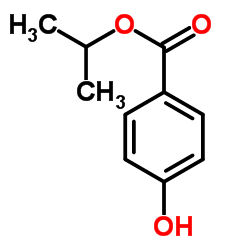
4191-73-5 |
| 文献:Srinivas; Mahender; Das, Biswanath Synthesis, 2003 , # 16 p. 2479 - 2482 |
|
~56% 
4191-73-5 |
| 文献:Caille, Seb; Crockett, Rich; Ranganathan, Krishnakumar; Wang, Xiang; Woo, Jacqueline C. S.; Walker, Shawn D. Journal of Organic Chemistry, 2011 , vol. 76, # 13 p. 5198 - 5206 |
|
~83% 
4191-73-5 |
| 文献:Srinivas; Mahender; Das, Biswanath Synthesis, 2003 , # 16 p. 2479 - 2482 |
|
~% 
4191-73-5 |
| 文献:Srinivas; Mahender; Das, Biswanath Synthesis, 2003 , # 16 p. 2479 - 2482 |
|
~% 
4191-73-5 |
| 文献:Rosenmund et al. Archiv der Pharmazie (Weinheim, Germany), 1953 , vol. 286, p. 324,327 |
| 上游产品 6 | |
|---|---|
| 下游产品 5 | |

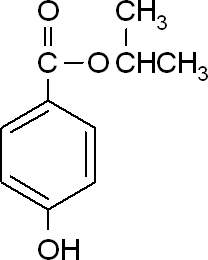

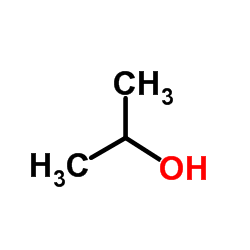
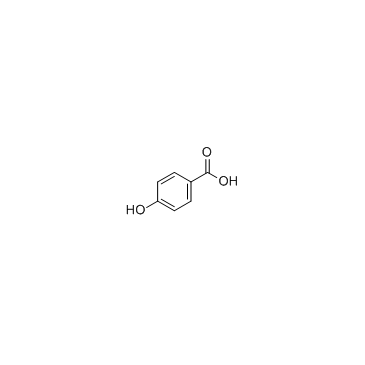
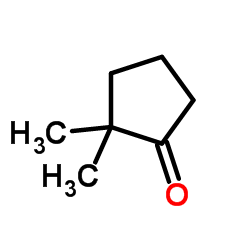
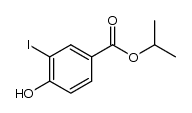
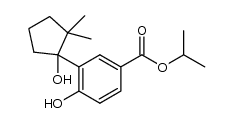
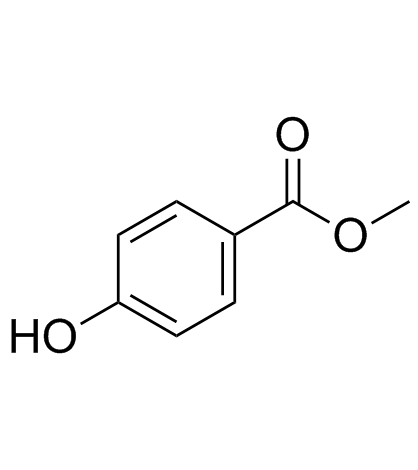
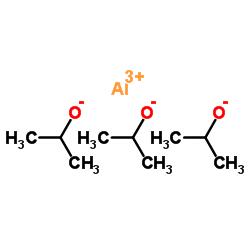
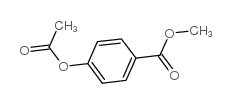
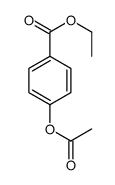
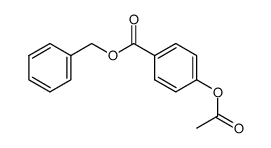
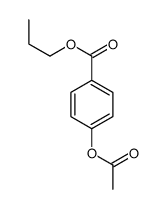
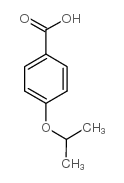





 浙公网安备 33010802013016号
浙公网安备 33010802013016号